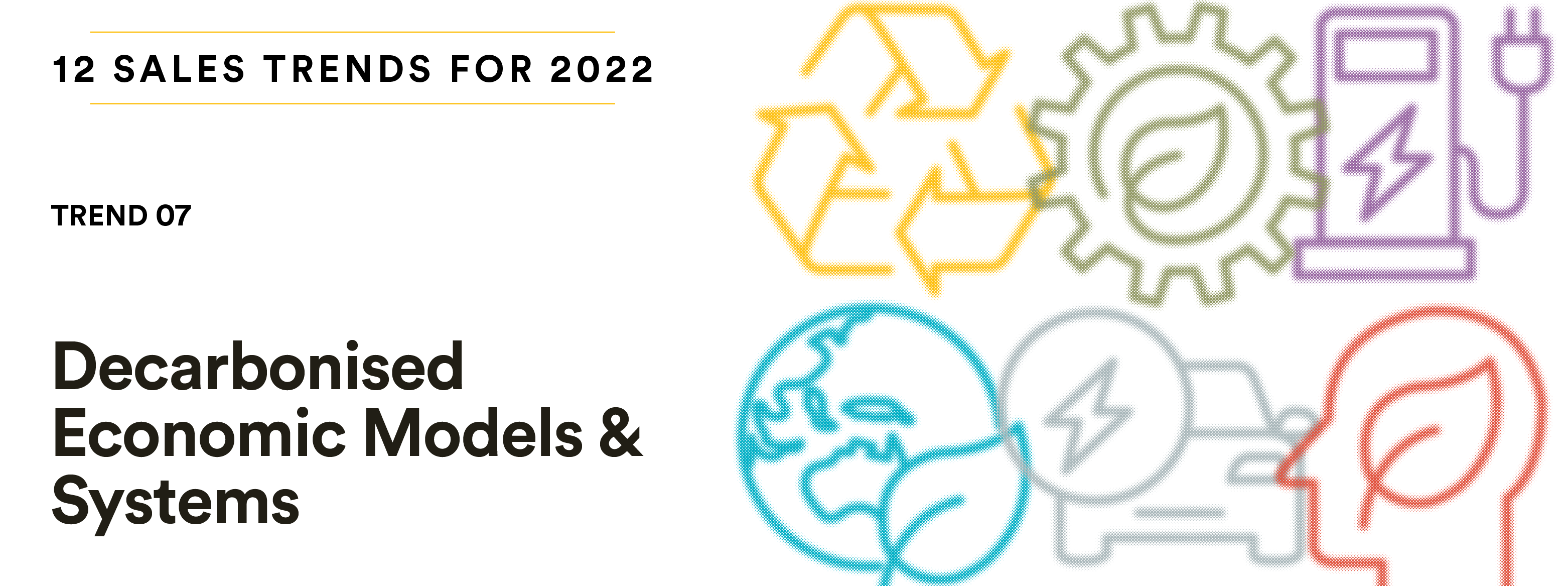
“It is not for us to forecast the future, but to shape it”. Antoine de Saint-Exupery
In Sales Trend 6 we explored decarbonised sales systems and sales strategies. In Sales Trends 7 we look at economic models that promote .....

“It is not for us to forecast the future, but to shape it”. Antoine de Saint-Exupery
In Sales Trend 6 we explored decarbonised sales systems and sales strategies. In Sales Trends 7 we look at economic models that promote .....
New Article Email Notification